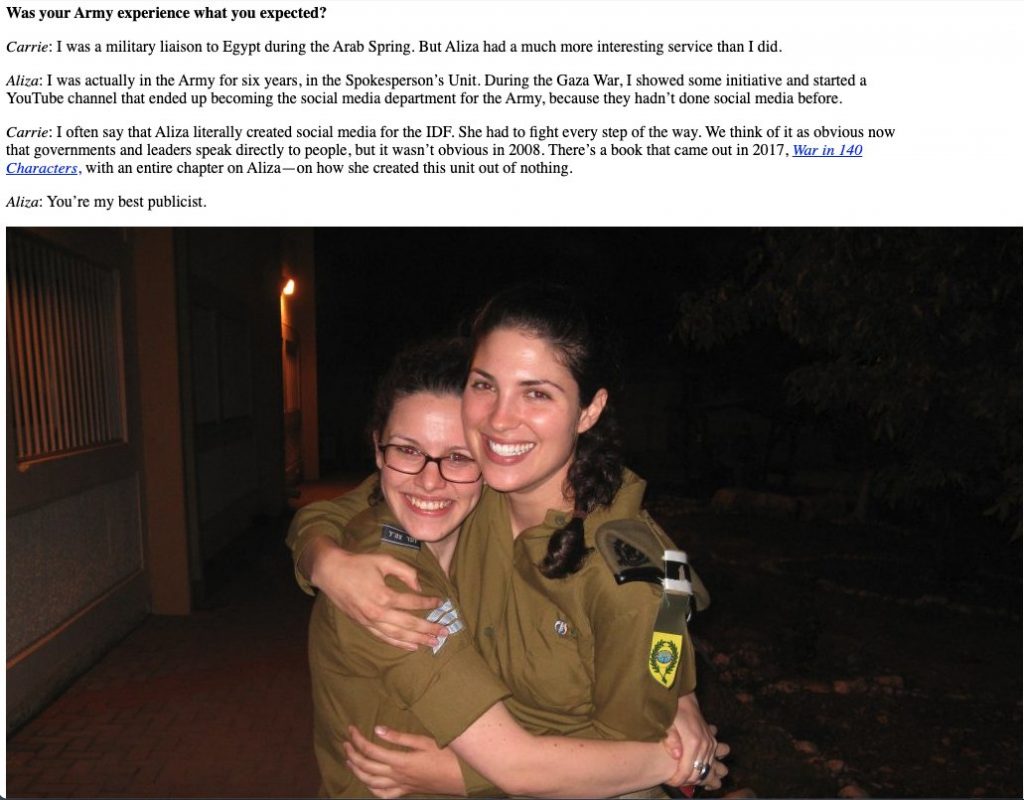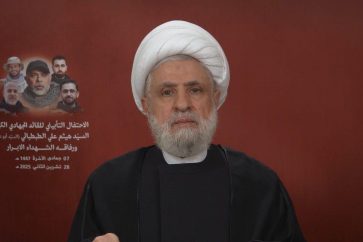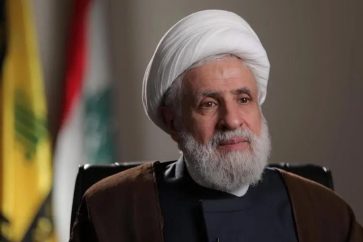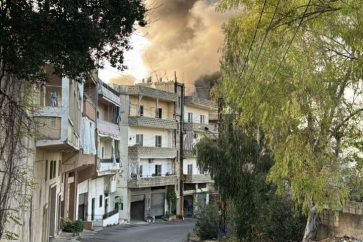In the past few days, the Wall Street Journal published a report it said explained how the Zionist regime assassinated senior Hezbollah Jihadi commander Sayyed Fuad Shokr.
Entitled: “How Israel Killed a Ghost”, the WSJ claimed, citing unknown “Hezbollah source”, that the Israeli Mossad intelligence agency breached the internal communication network to call Shokr and request that the Hezbollah commander go up to another floor in the building which was targeted in the Israeli strike on July 30.
Analyzing the content of the article and elaborating on its sources and its authors, it seems that the WSJ has been adopting the Israeli narrative.
Regarding the content of the article, the WSJ presented a light and absurd story by saying that a senior Jihadi commander can be deceived by a call by an anonymous on the internal Hezbollah communication network. Furthermore, how can a commander like Fuad Shokr be convinced that a floor would be more secure than another in a building that would be targeted by the Israeli regime?!
Moreover, throughout 1200 words, out of 1700, the article mentioned stories about Shokr’s role during 40 years of the struggle against the Zionist enemy. As these stories brought nothing new, the paper wanted to include the issue of breaching the Hezbollah communication network among known information about Shokr’s life, in a bid to give credit to an unconversable and absurd narrative.
On the other hand, the source of this narrative was a “Hezbollah official”, whom the daily didn’t mention his name, an unprofessional citation that was refuted by Hezbollah’s Media Relations Office who categorically denied that any of the article’s authors had contacted any of Hezbollah officials.
The article was written by the Danish journalist Sune Engel Rasmussen, Lebanese journalist Adam Chamseddine and the Israeli Carrie Keller-Lynn.
The Israeli author, who has been presented as an Israeli “journalist”, served in the Israeli occupation army. She served as a military liaison to Egypt after battling Palestine activism in Stanford University in the United States, according to an old interview with ITerk, an organization that sends grad students on trips to the Zionist entity.

The interview with Keller-Lynn was taken down from ITerk’s website, in an apparent move to remove suspicious affiliation with the Israeli occupation military.
Meanwhile, Keller-Lynn is the author of another WSJ story that claimed last January connections between UNRWA staff and fighters who took part in October 7 Operation Al-Aqsa Flood. The story was aimed at defaming the UNRWA before the international community, and prompted many countries to halt funding to the UN agency.
Source: Al-Manar English Website







